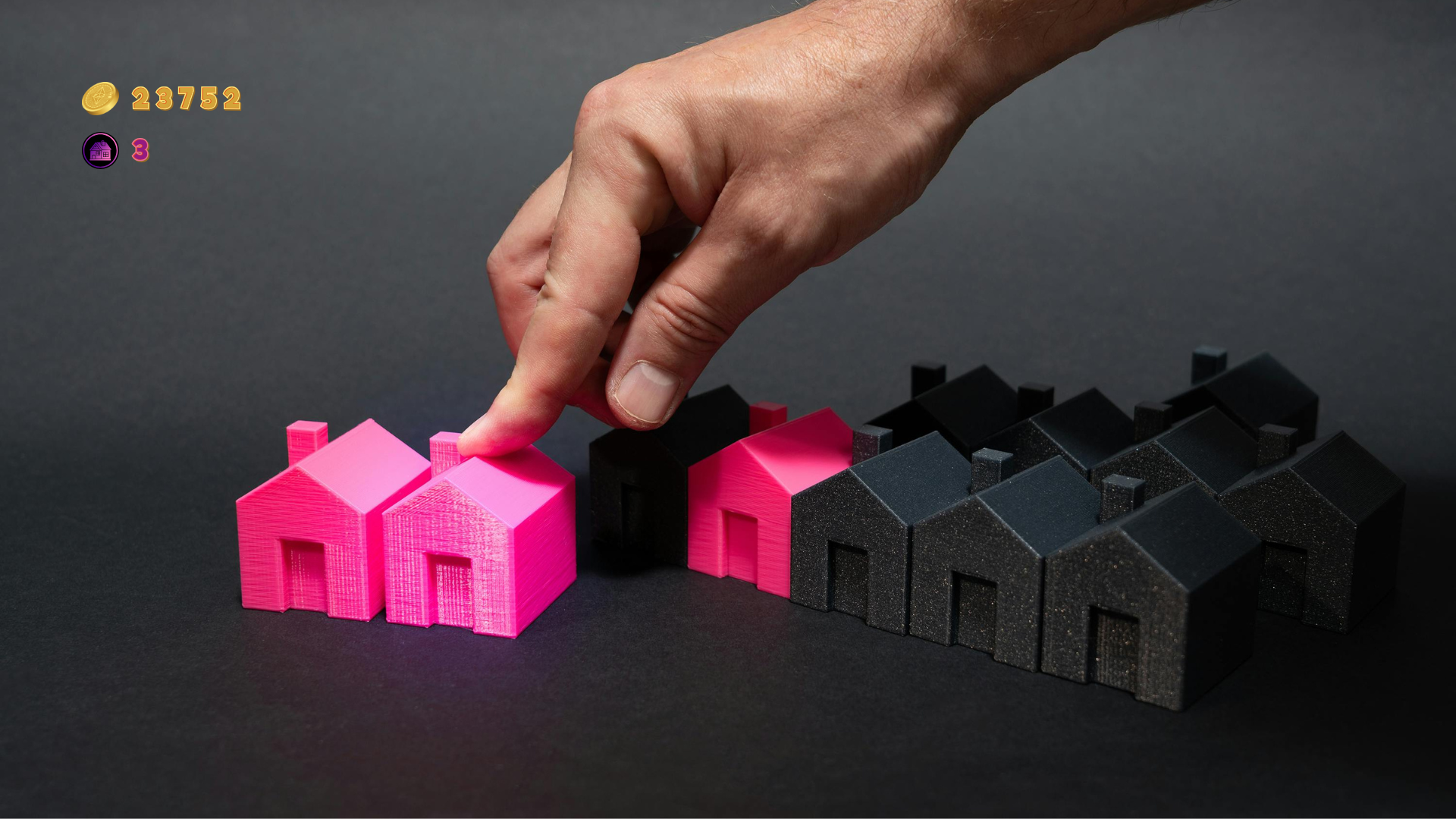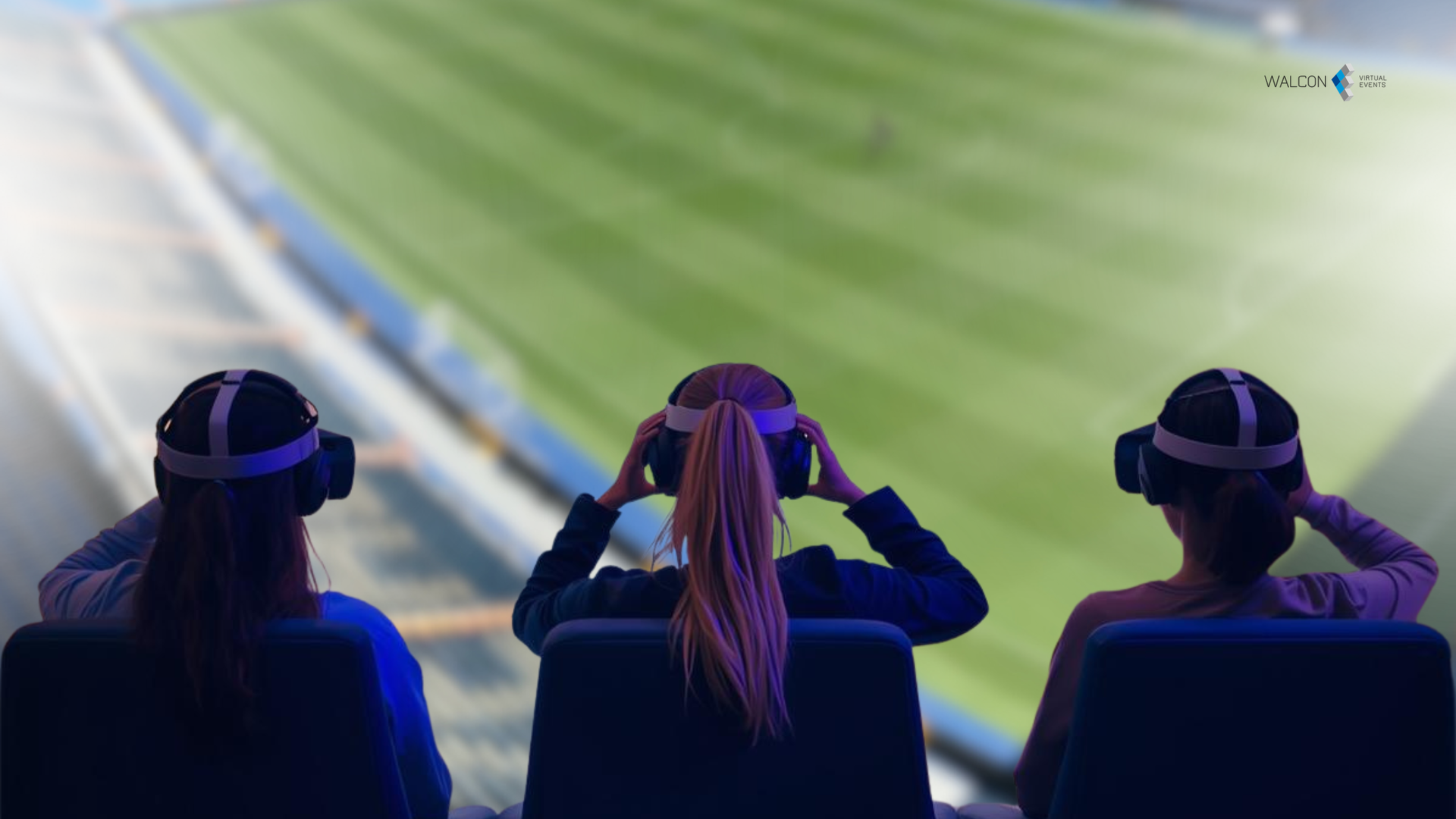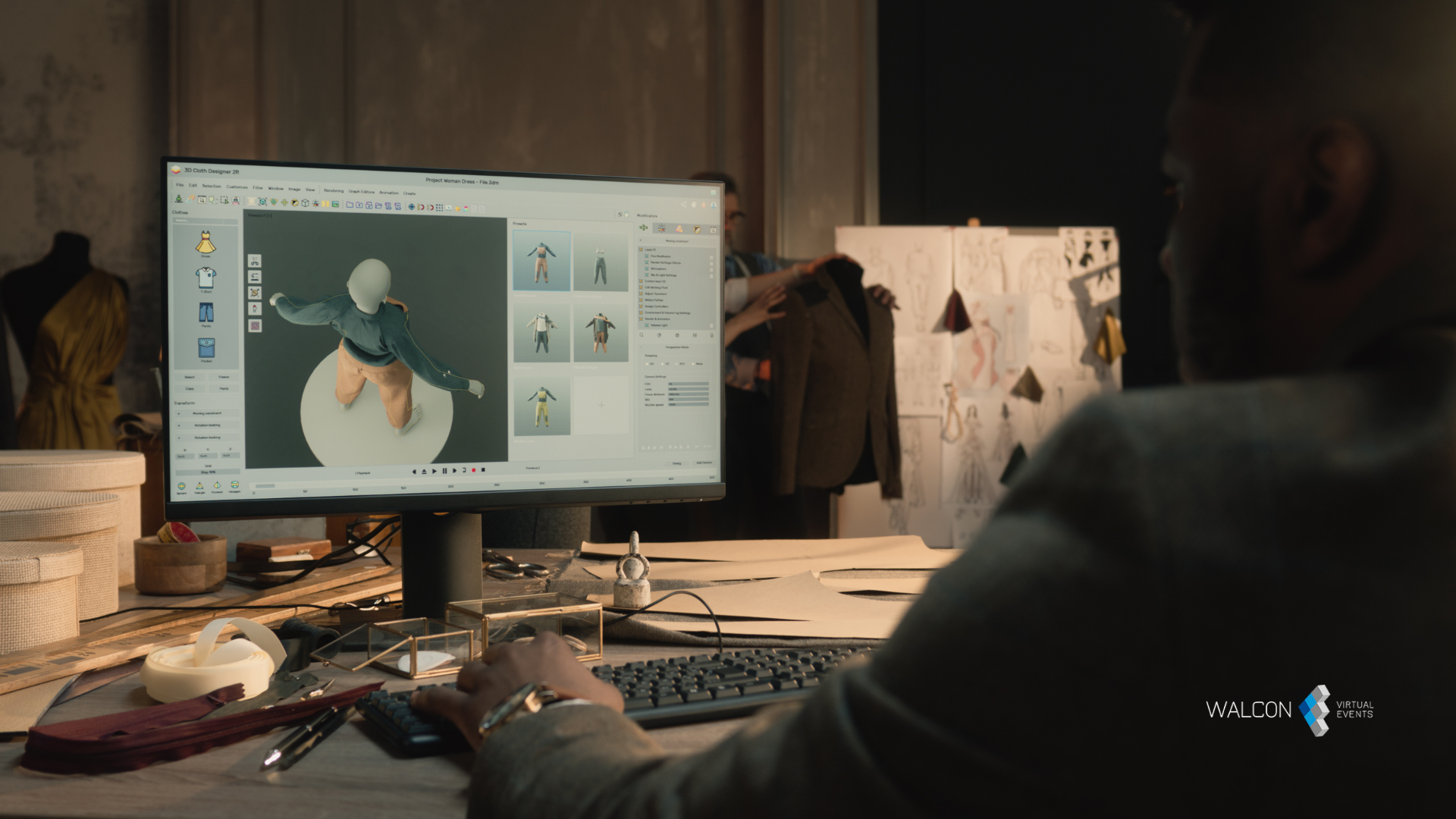The Beginnings of Virtual Reality
March 18, 2021
The Beginnings of Virtual Reality
In its early days, what we now know as VR was far from what we experience today, though it shared the same goal. Today, we want to tell you the full story behind modern virtual reality and its first steps.
The concept of virtual reality was originally linked only to science fiction, until various scientists and inventors decided to give it shape and create viable models.
The first person in the world to take an interest in virtual reality was Charles Wheatstone, who began his studies in 1838 by creating a series of flat images of the same object which, when combined, created the illusion of a 3D environment—what he called stereoscopic drawings.
In 1929, the “Blue Box” was created, designed specifically for military flight training. This device simulated weather conditions and moved according to the pilot’s commands, allowing them to train virtually.
Based on Wheatstone’s stereoscope, William Gruber created the View-Master in 1939, a device that allowed users to view two images simultaneously, creating a sense of depth. However, its functions strayed far from the original intent, and it ultimately became popular as a children’s toy.
Later, in 1956, the Sensorama 3D device was created, featuring major technological advances such as a scent generator, vibrating seat, stereo sound, and 3D imagery. Short films like “I’m a Coca-Cola Bottle” were even produced to be played on the Sensorama.
In 1968, scientist Ivan Sutherland created “The Sword of Damocles,” which he described as “the ultimate display.” This device allowed users to move and change their perspective as the images followed their head movements. Although the project never reached the public due to its heavy weight, it was a great step forward for virtual reality and laid the foundations for augmented reality.
In 1980, Thomas Furness created the “Super Cockpit,” a flight simulator that allowed pilots to control the plane through gestures, eye movements, or voice commands. The device also projected real-time 3D maps to help pilots navigate.
During the 1980s, engineer Jaron Lanier popularized virtual reality, and his company, Visual Programming Lab, sold the first EyePhone headsets and data gloves for $9,000 and $9,400 respectively.
As we can see, the study of virtual reality did not emerge recently; over the years, many people have worked hard to push this field forward and achieve what we now know as VR.
Today, we have major technological advances that make it possible to carry out many projects—something that was lacking in the past and posed a major challenge for development.
This is only the beginning; we are sure there are still many innovations and breakthroughs to come in the world of Virtual Reality, so be prepared—many exciting things are on the way.
Don't Forget To Share

Discover how virtual team building is transforming corporate culture with immersive 3D platforms, AI-driven experiences, and interactive virtual events. From remote collaboration to team creativity, the future of engagement is digital. At Walcon Virtual, we tailor unforgettable virtual experiences for teams across the globe.

Until just a few years ago, the metaverse was something completely unknown to most people. Yet, a few curious pioneers were already exploring these virtual worlds. On platforms where digital land is limited, some users purchased virtual plots for as little as €20 — and today, they can earn up to €1,500 from renting out those same spaces. Major global companies from every sector — such as Samsung, Dolce & Gabbana, Nike, BMW, and Coca-Cola — are competing to establish their presence in the metaverse, which appears to be the clear direction the future is heading. Real estate agencies that traditionally sold physical properties around the world are now also offering virtual land sales and even exact replicas of real-world homes inside the metaverse. One notable example is Nourmand & Associates, a real estate firm currently selling a mansion in Beverly Hills for $9.5 million, while offering the possibility to build a virtual replica of the same property in a well-known metaverse for an additional $100,000. According to expert Sergio G., “The global market for virtual and augmented reality was valued at $26.7 billion in 2018; it is likely to close this year at $54 billion, and projections estimate it could reach $800 billion by mid-decade.” From the very beginning, Walcon has embraced this vision, collaborating with leading metaverse platforms, and designing, managing, and constructing projects across any virtual world.









